Act of eco-terrorism strikes Germany!
Extreme left-wing group sends industry a message: “You’re not welcome any more!”
Extreme leftist “Vulkan Group” claims responsibility for Tesla Gigafactory plant power supply sabotage. Image: Cropped from Tesla site.
A power outage struck Tesla’s Gigafactory in Grünheide, Germany, causing a halt in production early this morning. The cause of the outage remains under investigation, but reports suggest a fire was deliberately set and damaged an electricity pylon near the factory, leading to power cuts in the surrounding area, including Grünheide.
The impact of the outage on Tesla production schedules and delivery timelines is yet to be determined. Tesla is expected to provide further updates as the situation unfolds.
The left-wing extremist classified ,”Vulkan Group”, has reportedly claimed responsibility for the “attack on the power supply” in a letter that paralyzed the Tesla plant.
“This was specifically directed against the car manufacturer.,” according to euronews.com here. “The authenticity of the letter is still being investigated by the police. ‘We sabotaged Tesla today,’ the group allegedly states in the letter.”
There have been repeated protests against planned plant expansion. Activists from the “Stop Tesla” initiative are currently demonstrating against the US company’s expansion plans on the Grünheide site.
“For more than a week, around 100 environmental activists from the initiative have been occupying a forest near the Tesla factory. Around 100 hectares of forest are to be cleared there to make room for warehouses, a freight depot and a company kindergarten,” reports euronews.com.
Eco-terrorism against sustainable future
Tesla began construction of the Gigafactory in Grünheide, near Berlin in May 2020, and opened in March, 2022. The facility manufactures batteries and electric vehicles, the first plant of its kind in Europe for Tesla.
The plant’s opening was a significant step in promoting sustainable transportation. The opening ceremony was attended by several dignitaries, including Elon Musk, CEO of Tesla, Olaf Scholz, Chancellor of Germany and Robert Habeck, German Federal Minister for Economic Affairs and Climate Action.
Earlier, Chancellor Angela Merkel and other government officials welcomed Tesla’s decision to build the factory and viewed it as a positive development for Germany’s green future and as a step to accelerate the transition to sustainable transportation.
But now it is increasingly becoming apparent that radical leftwing groups don’t even want sustainable energy.

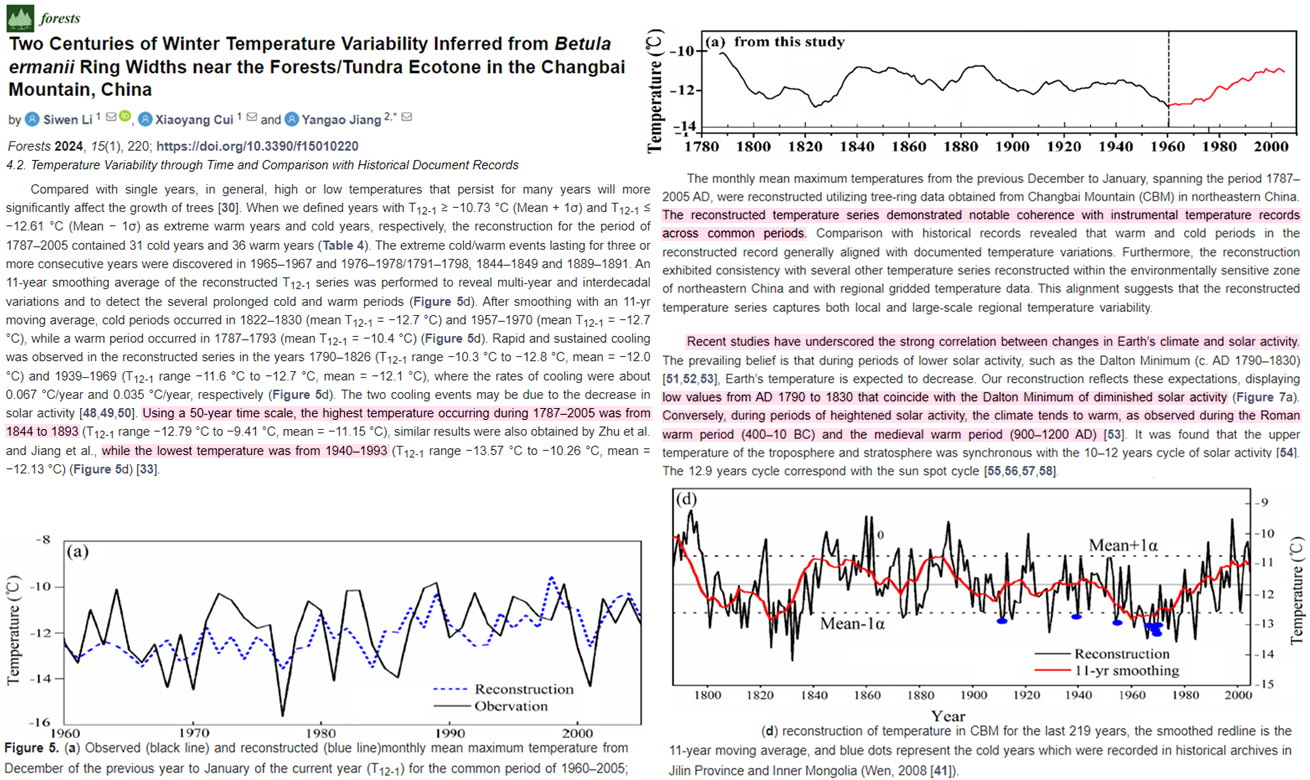
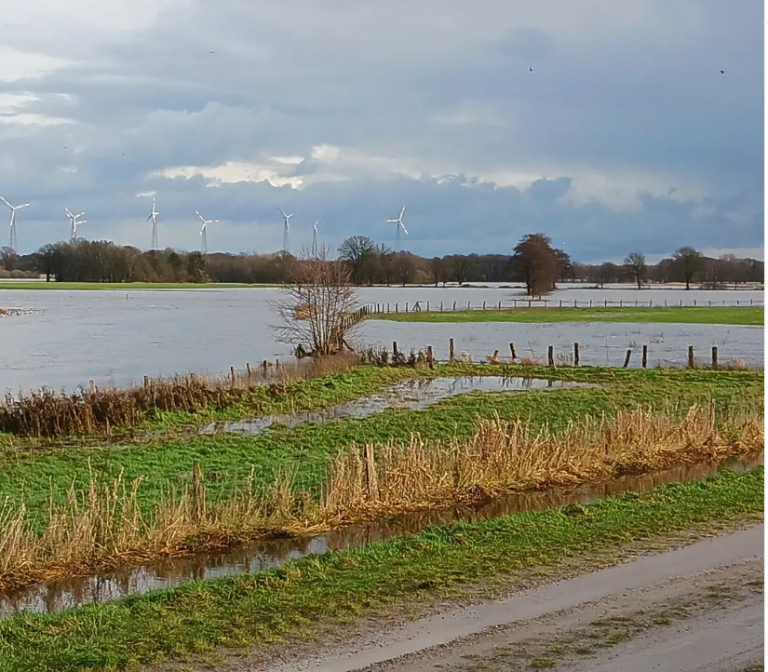
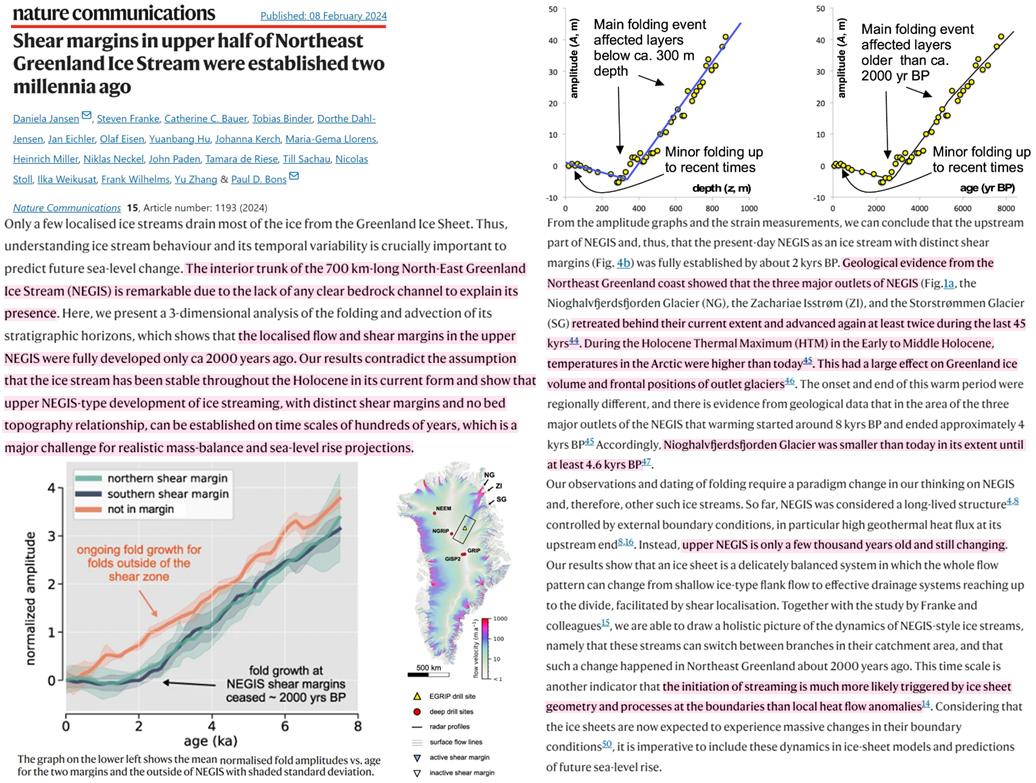
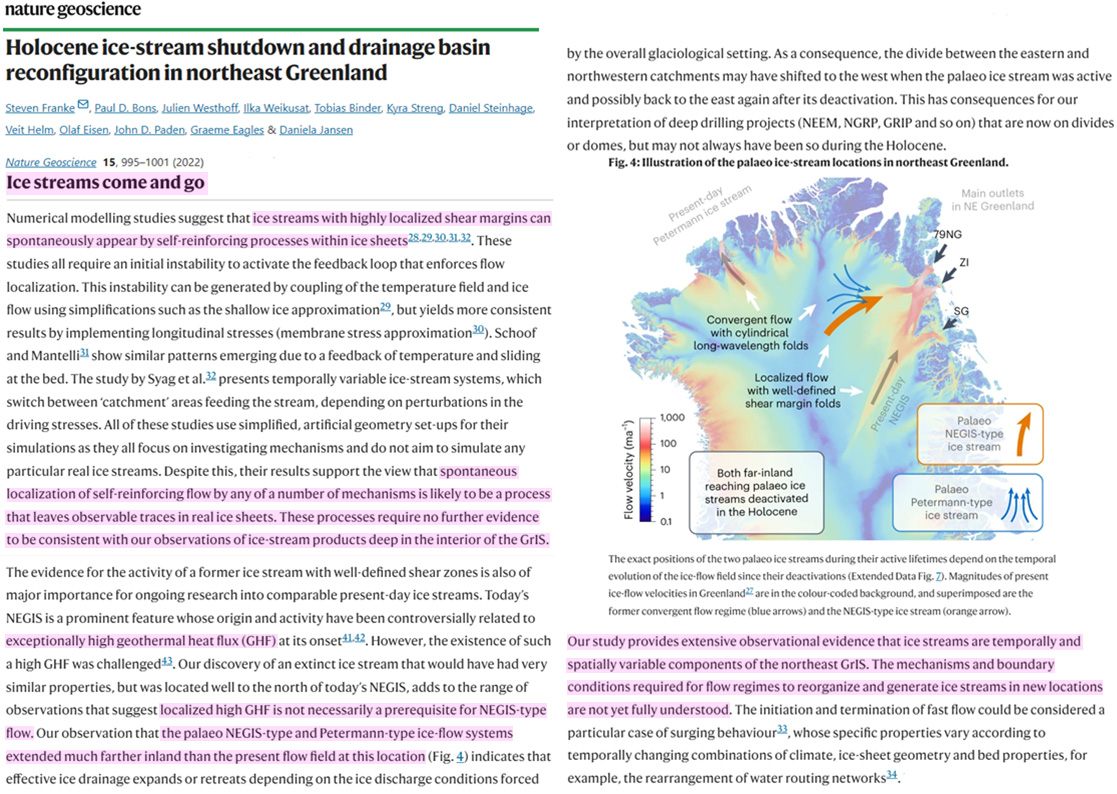
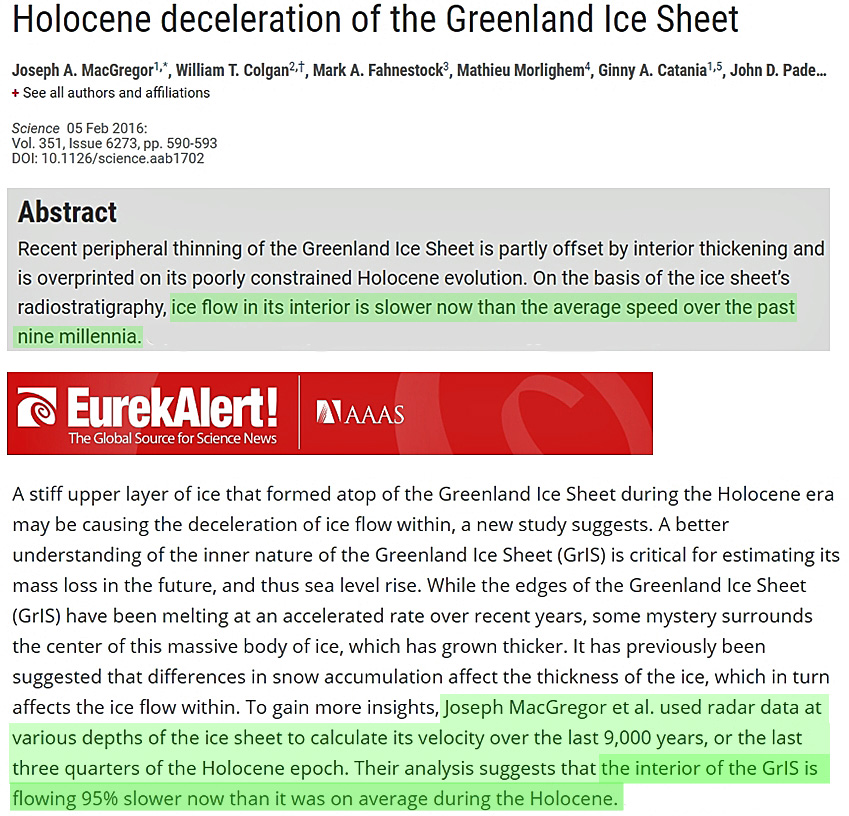
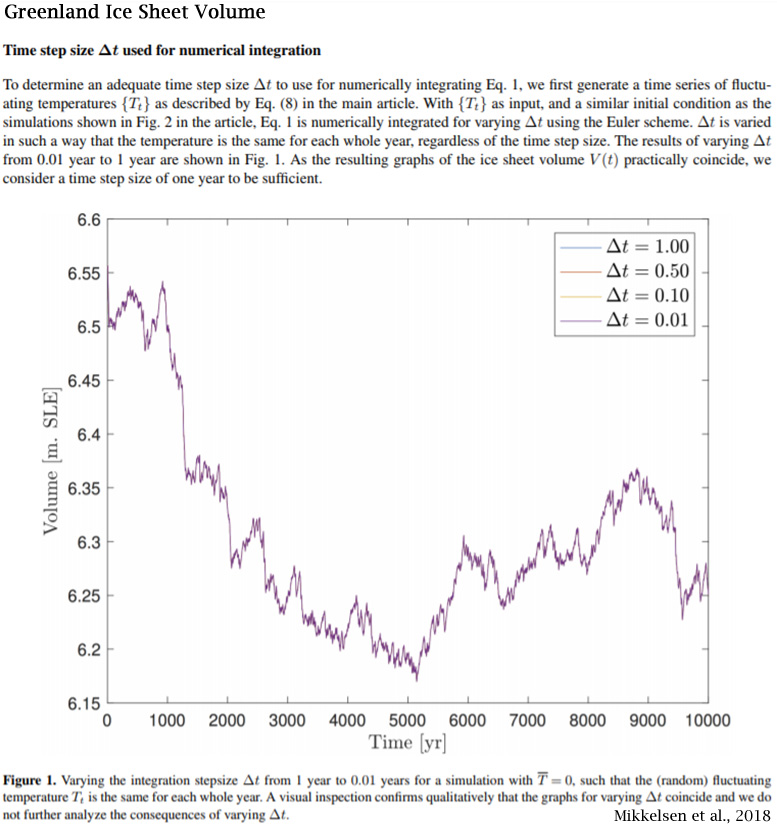
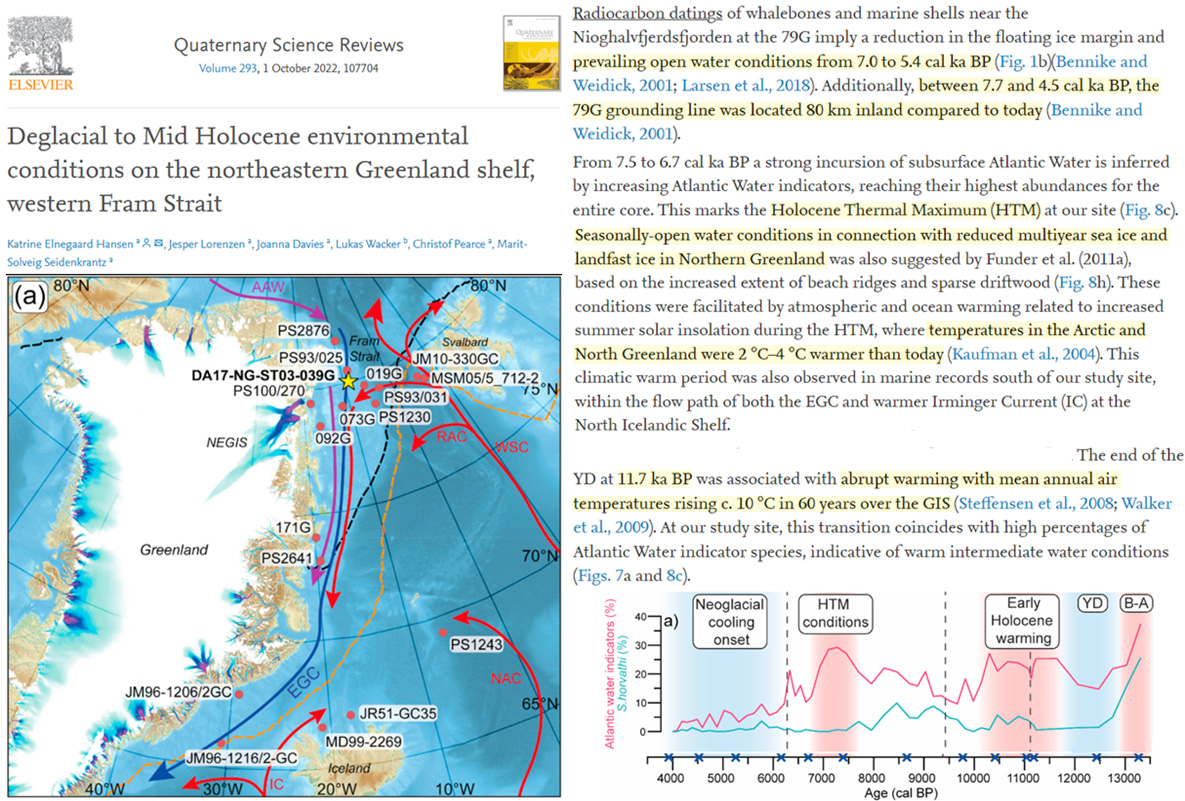
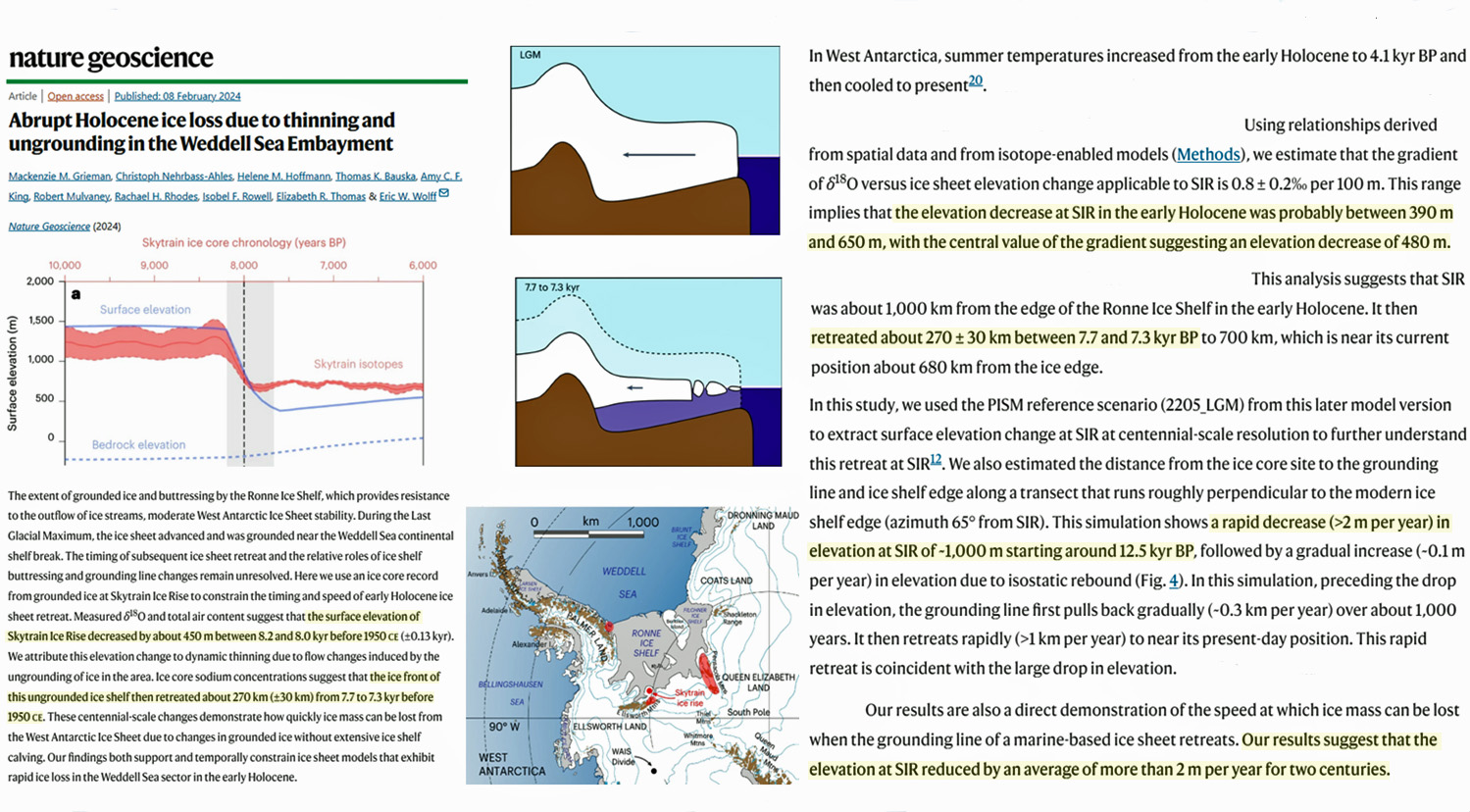
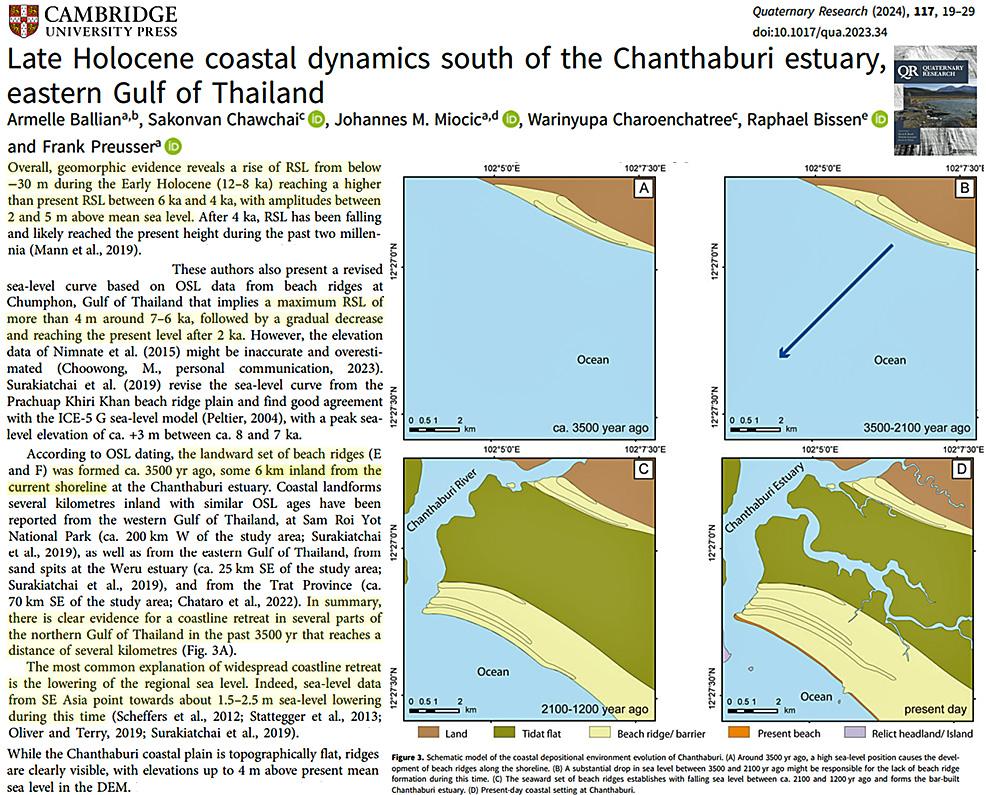
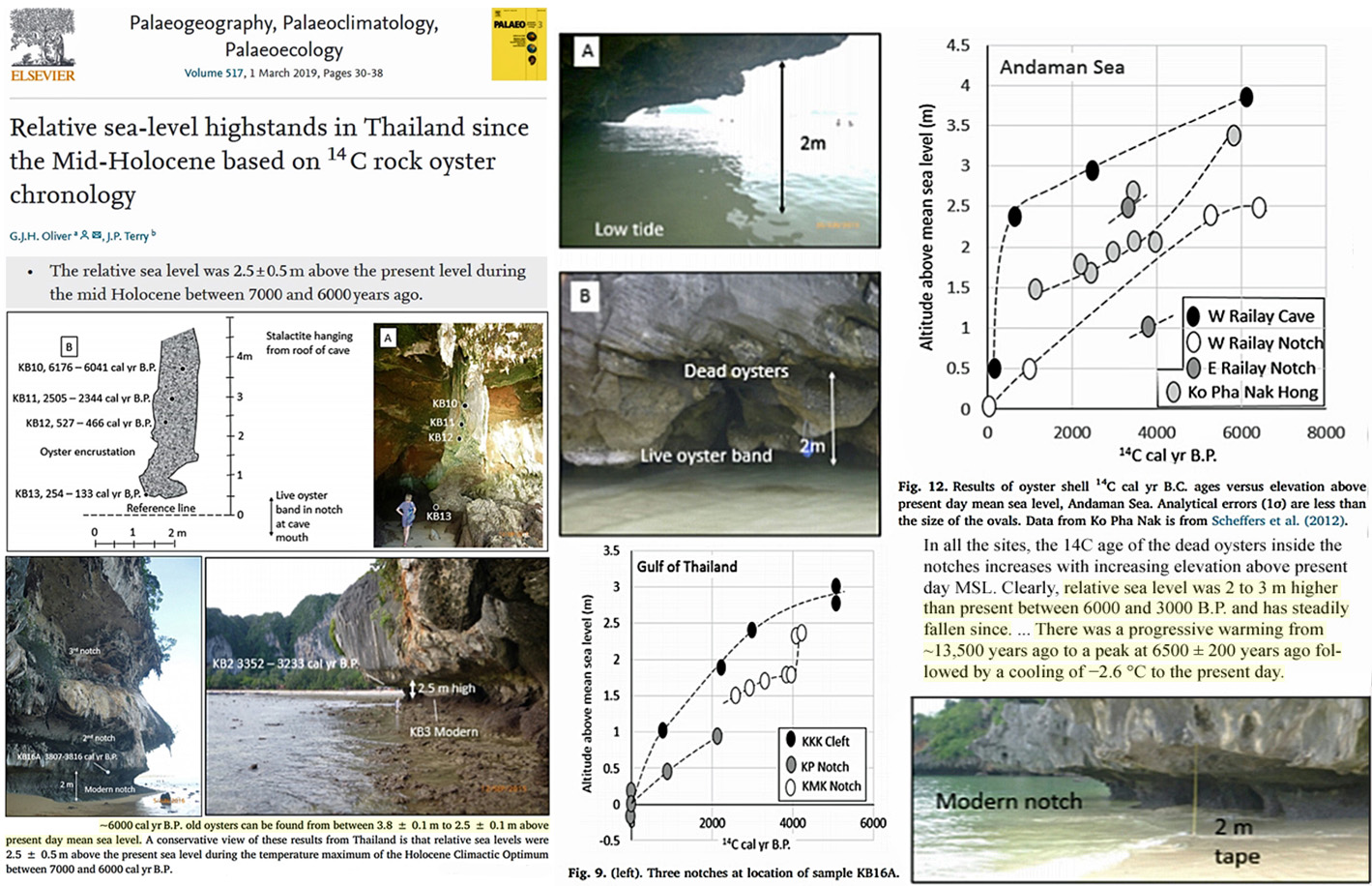

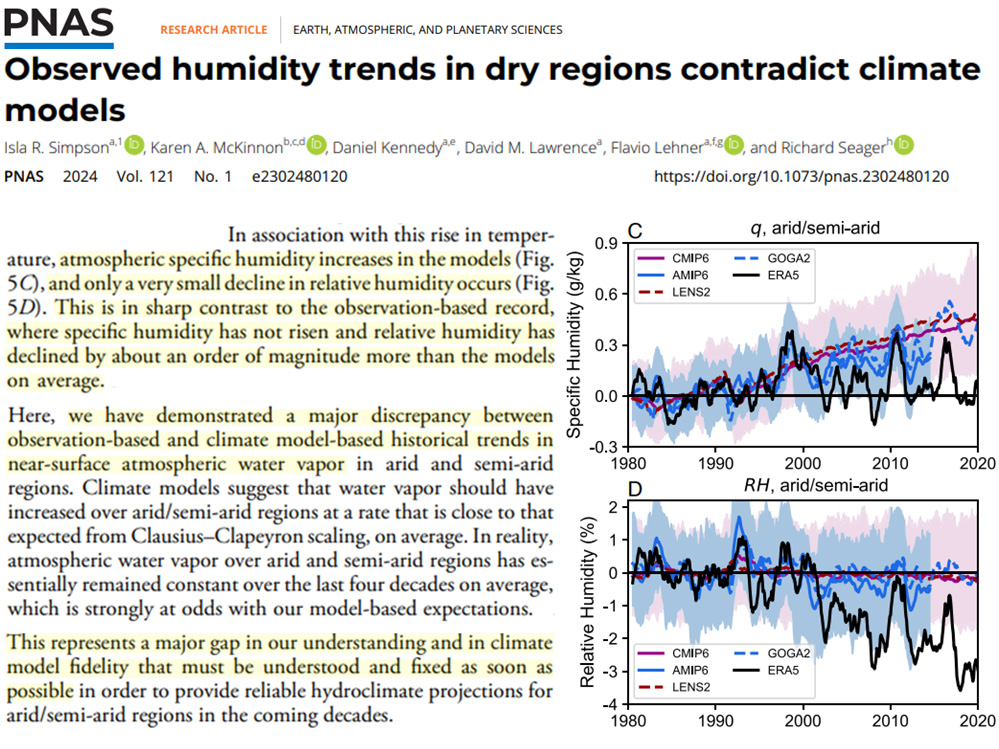






Recent Comments